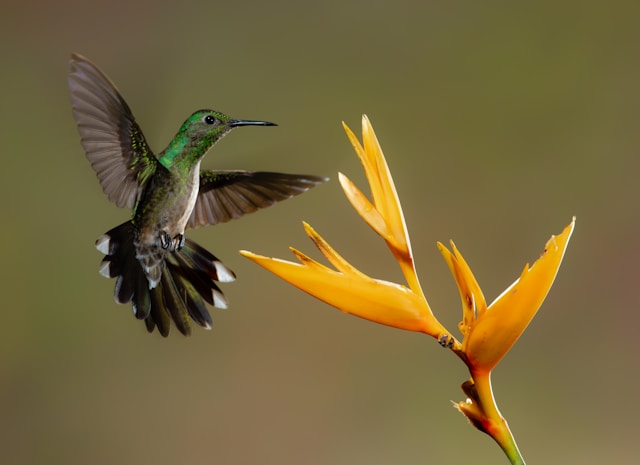Introduction
New Zealand, known for its diverse and unique wildlife, is home to a fascinating array of birds of prey. These raptors play a crucial role in maintaining the ecological balance by controlling the populations of smaller animals and insects. This article delves into the captivating world of New Zealand’s birds of prey, focusing on hawks, falcons, and harriers. We will explore their characteristics, habitats, behaviors, and the conservation efforts in place to protect these magnificent creatures.
New Zealand Falcon (Kārearea)
The New Zealand Falcon, or Kārearea, is one of the most iconic birds of prey in the country. This formidable predator is known for its incredible speed and agility, capable of reaching speeds of up to 100 km/h while diving to catch its prey. The Kārearea is found across a variety of habitats, including forests, grasslands, and even urban areas.
Characteristics and Behavior The Kārearea has a striking appearance with dark brown plumage, a hooked beak, and sharp talons. It is a solitary bird, often seen perched high on trees or cliffs, scanning the ground for potential prey. Its diet primarily consists of small mammals, birds, and insects. The falcon’s keen eyesight and swift flight make it a formidable hunter.
Habitat and Distribution While the Kārearea can be found throughout New Zealand, it is more commonly seen in the North Island and parts of the South Island. They prefer open areas where they can easily spot and pursue their prey. However, urban sightings have become more frequent as they adapt to changing environments.
Conservation Status The Kārearea is classified as a threatened species due to habitat loss, predation by introduced species, and human activities. Conservation efforts are underway to protect their habitats and reduce threats. Organizations like the Wingspan National Bird of Prey Centre play a crucial role in rehabilitating injured falcons and raising awareness about their conservation.
Swamp Harrier (Kahu)
The Swamp Harrier, locally known as Kahu, is another prominent bird of prey in New Zealand. This bird is often seen gliding low over wetlands, grasslands, and agricultural fields, searching for its next meal. The Kahu is easily recognizable by its distinctive flight pattern and broad wings.
Characteristics and Behavior The Swamp Harrier has a mottled brown and white plumage with a prominent facial disc that aids in sound localization. It primarily feeds on small mammals, birds, and carrion. Unlike the falcon, the harrier is often seen in pairs or small family groups, especially during the breeding season.
Habitat and Distribution The Kahu is widespread across New Zealand and is particularly abundant in wetland areas. They are adaptable birds, often seen in various habitats including farmland, estuaries, and coastal regions. Their ability to thrive in different environments has contributed to their relatively stable population.
Conservation Status Although not as threatened as the Kārearea, the Swamp Harrier faces challenges such as habitat destruction and poisoning from rodenticides. Conservation efforts focus on maintaining healthy wetland ecosystems and promoting safe agricultural practices.
Australasian Harrier (Circus approximans)
The Australasian Harrier is closely related to the Swamp Harrier and shares many of its characteristics and habitats. This species is known for its impressive hunting skills and adaptability to various environments.
Characteristics and Behavior Similar in appearance to the Swamp Harrier, the Australasian Harrier has a slightly larger wingspan and a more robust build. It hunts by soaring gracefully over open fields and wetlands, using its keen eyesight to detect prey. Its diet includes small mammals, birds, reptiles, and amphibians.
Habitat and Distribution The Australasian Harrier is found throughout New Zealand and is especially common in agricultural and wetland areas. Its adaptability to different habitats allows it to occupy a wide range of territories, from coastal regions to inland valleys.
Conservation Status The Australasian Harrier is currently not considered threatened, but it faces similar risks to other birds of prey, including habitat degradation and human-induced threats. Ongoing conservation efforts aim to monitor populations and protect critical habitats.
Conclusion
New Zealand’s birds of prey are a vital part of the country’s natural heritage. The Kārearea, Kahu, and Australasian Harrier each play a unique role in their ecosystems, showcasing the incredible diversity of New Zealand’s avian life. Protecting these majestic raptors requires continued conservation efforts and public awareness to ensure they remain a part of New Zealand’s skies for generations to come.
